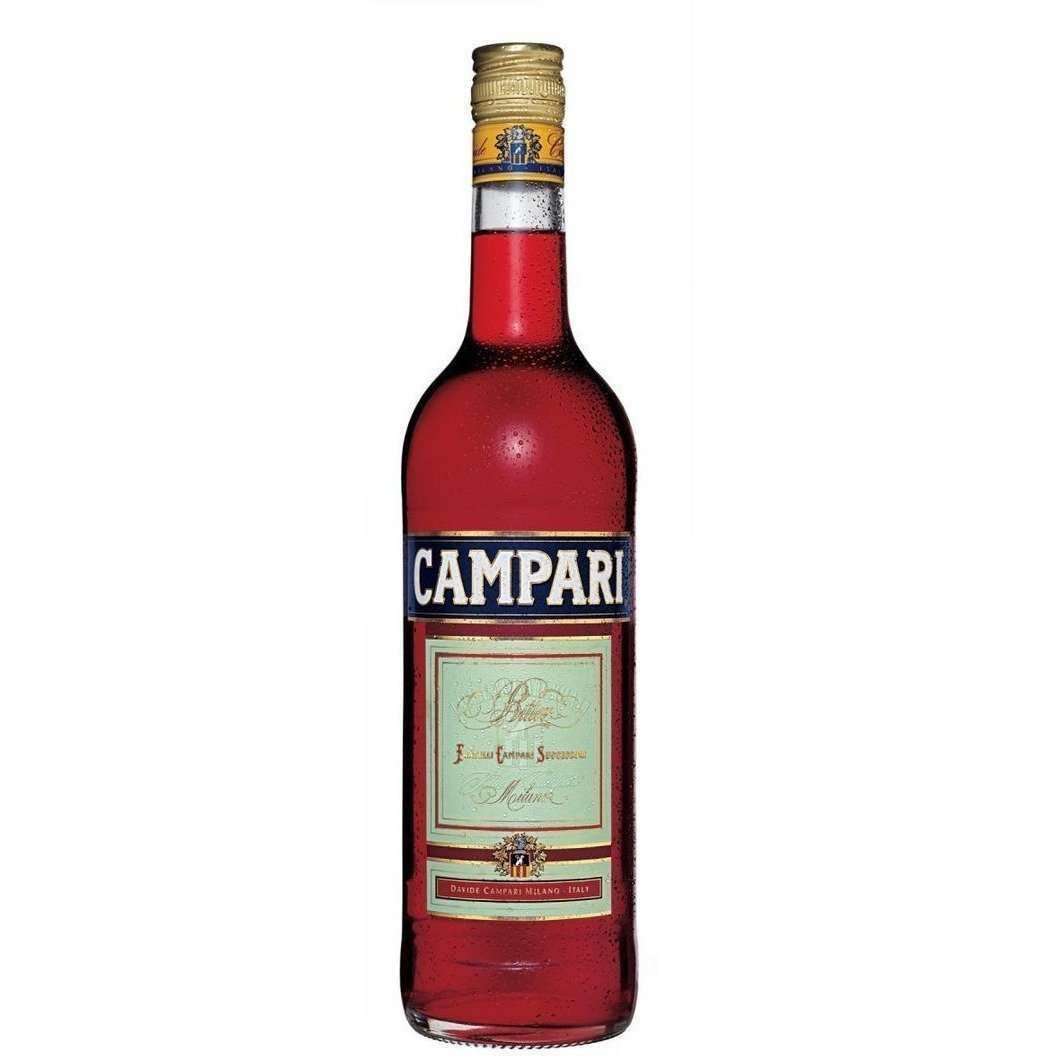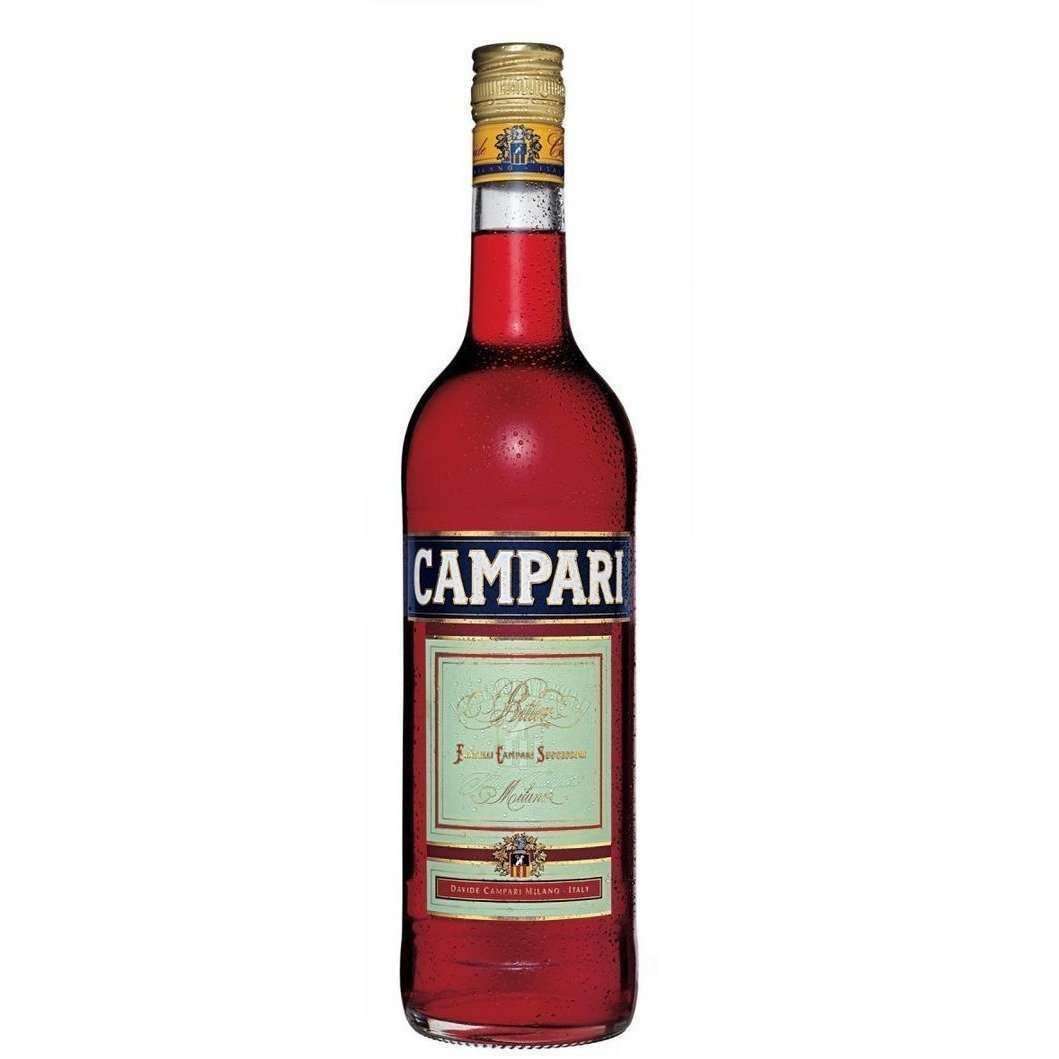Campari
Campari
Couldn't load pickup availability
Share
Unveiling the Depths of Campari: A Detailed Tasting Experience with Serving Suggestions
Campari, the vibrant red icon of Italian aperitifs, boasts a flavour profile as bold as its colour. This detailed tasting note will take you on a journey to explore the complex layers of Campari, guiding you through its aroma, taste, and finish. We'll also explore how to best enjoy Campari, both neat and in classic cocktails.
A Feast for the Eyes: The Colour of Campari
Campari's first impression is undeniably visual. Its fiery red hue, reminiscent of a summer sunset, is captivating. This colour is entirely natural, achieved through a secret blend of fruits, herbs, and spices.
Aromatic Adventure: Uncorking the Essence of Campari
As you raise the glass to your nose, a symphony of aromas unfolds. The initial burst is distinctly herbal, with notes of rosemary, thyme, and juniper. Hints of citrus, particularly orange peel and grapefruit zest, peek through, adding a touch of vibrancy. Underlying these brighter notes is a subtle earthiness, reminiscent of rhubarb and cascara. The complexity of the aroma hints at the depth of flavour to come.
The Dance on the Palate: Unveiling Campari's Flavour Profile
The first sip of Campari is an awakening for the taste buds. A wave of intense bitterness washes over the palate, primarily attributed to the use of cinchona bark. However, this bitterness is not one-dimensional. It is balanced by a surprising sweetness, reminiscent of orange liqueur and maraschino cherries. As you savour the drink, subtle hints of spice emerge, like clove and cinnamon, adding further complexity. The citrus notes from the aroma translate beautifully onto the palate, with a zesty tang of grapefruit and a touch of blood orange sweetness. The finish is long and lingering, leaving a pleasant echo of bitterness and a touch of herbal warmth.
Beyond the Neat Experience: Unlocking Campari's Versatility
Campari's bold flavour profile makes it a fantastic ingredient for cocktails. Here are a few classic ways to enjoy this vibrant aperitif:
- The Negroni: This iconic cocktail is the perfect introduction to Campari's potential. Equal parts gin, Campari, and sweet vermouth create a balanced masterpiece with a touch of bitterness and a delightful interplay between sweet and dry elements.
- The Americano: A lighter version of the Negroni, the Americano substitutes gin with soda water. This creates a refreshing and spritzy drink, perfect for a warm summer evening.
- The Garibaldi: A simple yet effective combination, the Garibaldi pairs Campari with fresh orange juice. The sweetness of the orange juice beautifully complements the bitterness of Campari, making for a light and vibrant drink.
- The Boulevardier: This sophisticated cocktail combines Campari with bourbon whiskey and sweet vermouth. The smokiness of the bourbon adds another layer of complexity to the drink, creating a truly unique experience.
Tips for Serving Campari
- Serve Chilled: Campari is best enjoyed chilled, either straight from the refrigerator or poured over ice. The cold temperature helps to temper the bitterness and enhance the refreshing citrus notes.
- Garnish with Flair: A simple orange slice adds a beautiful pop of colour and complements the citrus notes in Campari. For a more herbal touch, a sprig of rosemary can be used.
- Experiment with Cocktails: These classic cocktails are just a starting point. Explore the world of mixology and create your own unique Campari concoctions.
In Conclusion: The Allure of Campari
Campari is more than just a vibrant red aperitif; it's an experience. Its complex flavour profile, with its interplay of bitterness, sweetness, citrus, and spice, offers a journey for the senses. Whether enjoyed neat or as part of a well-crafted cocktail, Campari is sure to leave a lasting impression. So, raise a glass, explore the depths of Campari, and discover the aperitif that has captivated generations.


